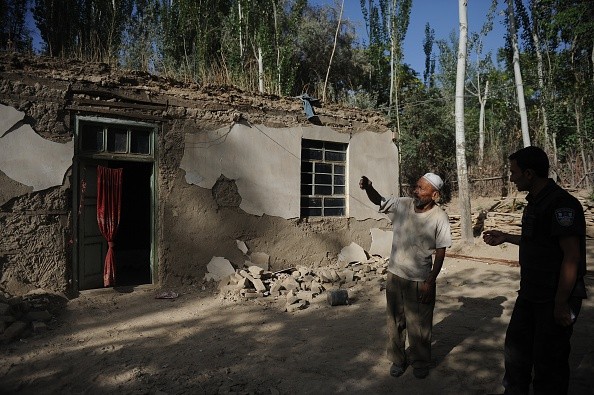A recent policy document revealed that a new earthquake monitoring system will be established, according to Zheng Guoguang, the administrator of the China Earthquake Administration.
The new monitoring system intends to establish an earthquake early response and warning system that entails construction of 15,000 observation stations to cover the entire country by 2020.
He said: "Such stations will be spaced 13 kilometers apart in key monitoring areas that span 200 square kilometers in North China, along with the southeastern coast, in northwestern Xinjiang and along the so-called North-South Seismic Belt that encircles most of Sichuan, Gansu, and Yunnan provinces."
The National Seismic Intensity Rapid Reporting and Early Warning Project is the largest earthquake warning system in the world.
"We are expected to be able to alert people within seconds following a destructive earthquake measuring 5 or above on the Richter scale, and to release within minutes its intensity distribution," Zheng said.
The report predicts that earthquakes as strong as magnitude 7 on the Richter scale will hit the country's western regions, while quakes measuring magnitude 6 or above are likely to strike the country's eastern parts.
"It could be extremely hazardous if earthquakes hit areas with supporting infrastructure and projects, such as nuclear and gigantic petrochemical projects and high-rise dams," said the paper.
The project aims to finish the Fifth Seismic Hazard Map of China to ramp up earthquake preparedness.
According to statistics from the China Earthquake Administration, only 6 percent of all houses have met anti-seismic design requirements in China's rural areas. Sixty percent of earthquake victims were rural residents.
"Houses will be either retrofitted or rebuilt for at least 18 million farmers by 2020," Zheng said.
The project will extend to countries included in the Belt and Road Initiative, or the Chinese government's effort to build an infrastructure and trade network connecting Asia with Europe and Africa.



























